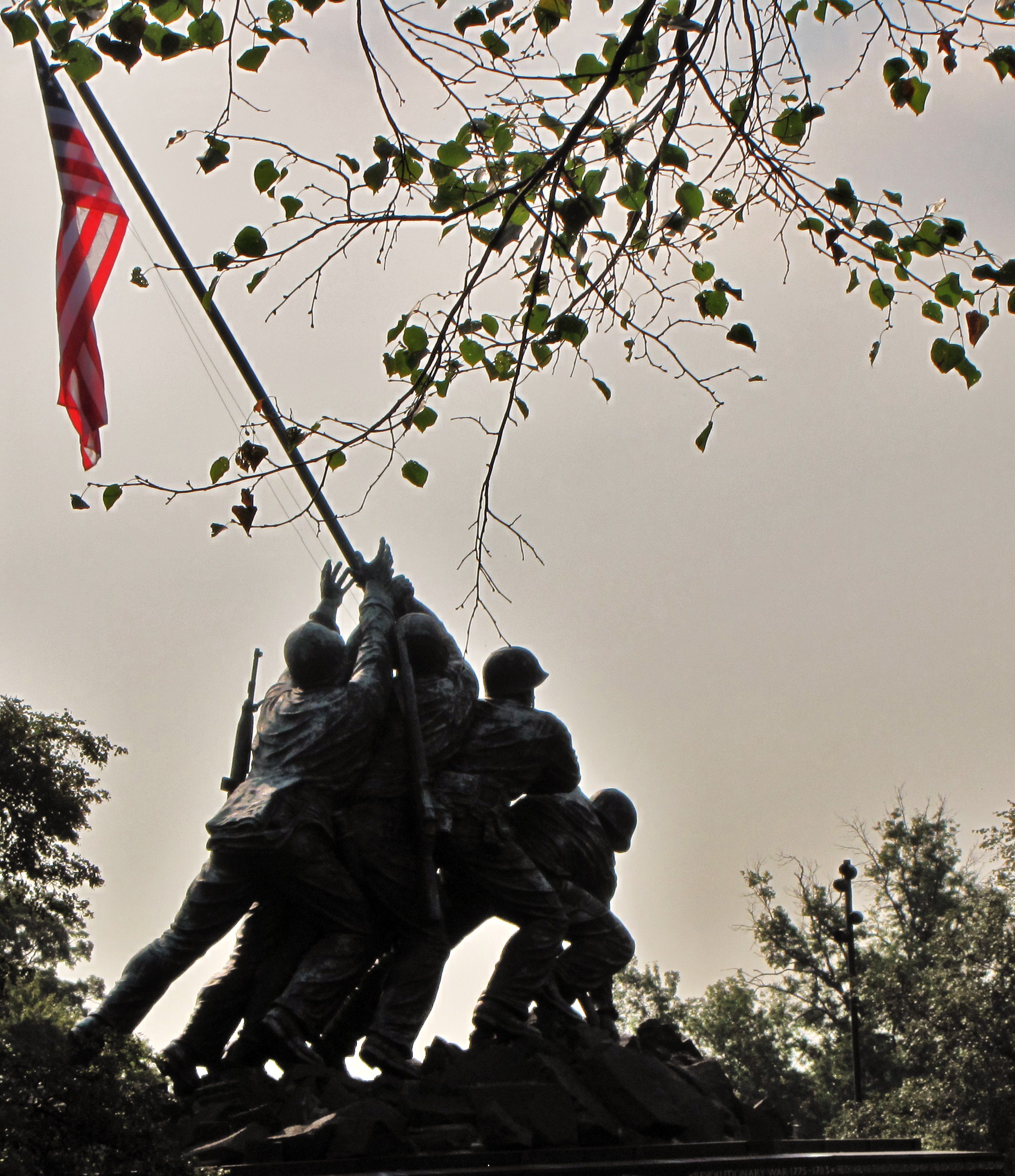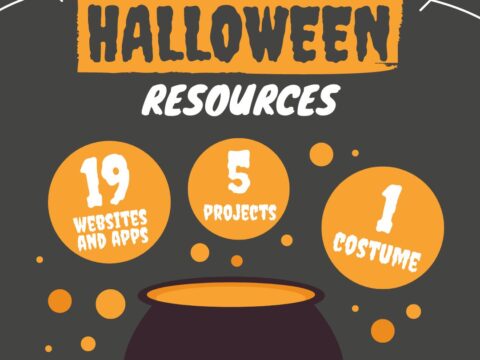 Here are some activities for Groundhog Day–February 2nd:
Here are some activities for Groundhog Day–February 2nd:
- Free Printables and Worksheets
- Fun Facts About Groundhogs–video
- Groundhog Day Digital Activities–grades 3-5
- Groundhog Day for Kids–a video
- Groundhog Day Games
- Groundhog Day Teaching Resources
- History of Groundhog Day–from History.com
- Punxsutawney Groundhog Club Website
- Why Groundhogs Supposedly Predict the Weather–video
If this is the 100th day of school, here are resources for that:
Geography
As a class, come up with two locations in each state, to total 100. One will be oriented around geography and one around history (such as “Kansas became a state January 29, 1861”). Include a brief description and a picture and then share the collection with parents and schoolmates in the class newsletter or another vehicle.
History
Research what happened the hundredth year of your home country’s existence. What was the country like a hundred years ago? What caused it to change? Who was president? What has been invented since then? Divide the class into groups so the project can be completed in one class period. Then, have everyone copy their information to a digital magazine (like you can create in Canva or Adobe) and share it with everyone.
Read Rosemary Well’s acclaimed book, Emily’s First 100 Days of School about the daily achievements of grade schoolers for their first 100 days. It’s 54 pages and perfect for ages Pre-K-2. You might plan to finish it by the 100th day and compare the character’s accomplishments to the class’s. If you prefer, read The Night Before the 100th Day of School about one boy’s struggle to find 100 of anything to bring to class for the 100th Day project.
Another way to tie this celebration into literacy is to curate a list of one hundred favorite books students have read. This might become the core of an end-of-school (or back-to-school) Wish List for your class library. Have each student write a brief description of the book(s) they suggested (no more than one hundred words). The completed list can be shared using a simple Word or Google Doc or more professionally with a class Biblionasium or Goodreads account. Another interesting option for older students is the Google Forms add-on called Checkitout. Students enter all relevant information into a Google Form which automatically populates to a spreadsheet.
Math
From the very first day of school, have your students track the number of days they’ve been in school in anticipation of the 100th day, marking the days in ten bundles, paving the way to counting by tens and ones.
Have students work in groups to come up with one hundred ways to represent the number “100”. Some examples are:
- 50+50
- 102-2
- 400/4
- 5*20
- 4(20+5)
- the square root of 100 + 90
PE
Physical activities during winter often become calisthenics or personal fitness, exercises that can be done indoors or in the gym. Have students do ten sets of ten different exercises (i.e., jumping jacks, sit-ups, and deep knee bends) to learn the concept that 10 sets of 10 equal 100.
Another indoor physical activity is walking 100 steps and measuring where you end up.
Personal interactions
Have students get one hundred friends, friends-of-friends, and/or family to answer one hundred questions revolving around the class curriculum (say, “Who was the 10th President?). They can start asking at the beginning of the school year but must submit their answers on the 100th day. Decide what the winner gets.
Students calculate when members of their family will turn 100, starting with themselves. You might add a touch of history by finding out what historic event shares the day with the family member’s one-hundredth birthday. Use a website such as “This Day in History” to help.
Science
For older students, create a blank Periodic Table in Google Sheets, Padlet, or any other webtool that allows multiple people to write at once. Break the class into teams and assign each an equal number of the elements up to one hundred. Teams will fill in the symbol of the element onto the correct position on the Periodic Chart.
Vocabulary
Make a list of 100 new words learned this school year and their meanings. You might have been organized enough to collect these since the school year started or you might have students do this from memory. If you use word lists, don’t let them peak! When you have the list, add all words to a word cloud in Wordle or WordArt (or a free Google Doc’s add-on like Word Cloud Generator) and share this “100 New Words Learned This School Year” with parents and classmates through the class website, blog, or LMS.
Another fun idea is to have students see how many words (or phrases) they can make with the two words “one hundred”.
Writing
Write a 100-word story. It must include characters, setting, plot, rising action, climax, and whatever else is required of students at their grade level. When students finish, publish them to a Hundred Days ebook using Adobe Spark or similar and share it with classmates and parents.
Another fun activity is to ask students to write about how they spent the last 100 hours using only 100 words. If they don’t want to write, they can record it as an audio or video file but it still must be 100 words. A fun option is to create a Flipgrid where students enter their recorded response in the visual grids and then all responses are shared with classmates, parents, or anyone with access to the Flipgrid.
***
BTW, if you know why “100 Days of School” is so popular, I’d sure like to hear it. Share your thoughts below in the comments!
@scholastic @flipgrid @history
More on celebrations
Starfall’s 100th Day of School

Jacqui Murray has been teaching K-18 technology for 30 years. She is the editor/author of over a hundred tech ed resources including a K-12 technology curriculum, K-8 keyboard curriculum, K-8 Digital Citizenship curriculum. She is an adjunct professor in tech ed, Master Teacher, webmaster for four blogs, an Amazon Vine Voice, CSTA presentation reviewer, freelance journalist on tech ed topics, and author of the tech thrillers, To Hunt a Sub and Twenty-four Days. You can find her resources at Structured Learning.






































A typical elementary school activity is to invite the kids to bring in a collection of 100 to talk about it. One year a kid in my class collected pencil shavings. (Who knows why? 🤣) On the 100th day, he brought in his grocery bag of pencil shavings and talked about them. I miss those funny moments of teaching.
I’m blank. Why? But as you say–so very interesting!